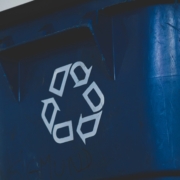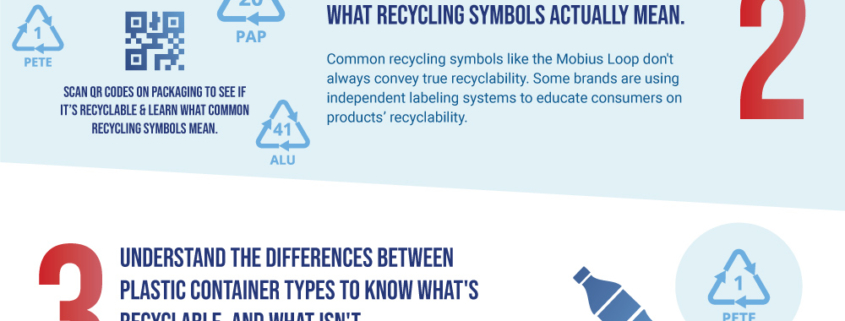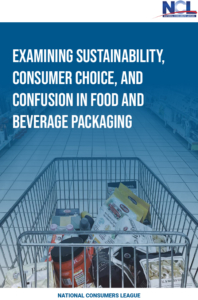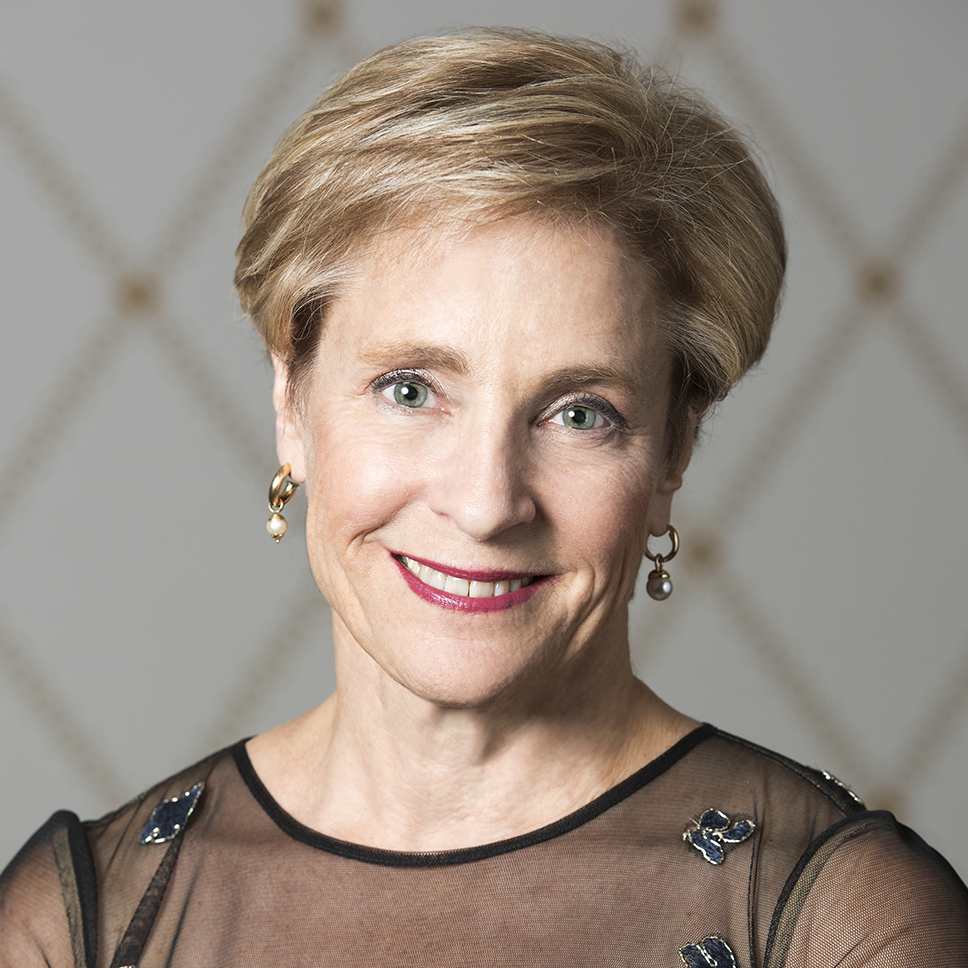
By NCL LifeSmarts intern Elaina Pevide
Cars are baked into American life – around 83 percent of households own one – so any change in the cost or availability of gasoline affects an enormous group of Americans.
Although most of us have grumbled about the cost of gas at some point—and memories of the Great Recession and its dramatic spikes in gas prices are enough to send shivers down the spine of many Americans—some Americans are affected more than others by increases. Did you know that low-income households spend twice as much of their income on gasoline as other Americans? For this group, fuel economy is an especially close-to-home issue.
The Obama Administration made significant headway in improving fuel economy standards and fostering American innovation when it announced the One National Program in 2010. That program unified the Environmental Protection Agency’s (EPA) greenhouse gas emission standards with the fuel economy standards set by the National Highway Traffic Safety Administration (NHTSA). This initiative set long-term goals for fuel efficiency aiming at Model Year 2025, when vehicular CO2 emissions were slated to be reduced by half. The One National Program was a win-win for consumers and the environment. Obama’s initiative would have made the American automotive industry a world leader in environmentally-friendly innovation while also giving the U.S. a huge advantage in a turbulent global economy adapting to the threat of climate change.
Perhaps the greatest benefactor of Obama’s One National Program was the average consumer. Doubling fuel economy means that consumers get twice the bang for their buck at the pump. These benefits would eventually help the less affluent the most, many of whom own used vehicles. Low-income secondhand car owners would pay little of the front-end cost of innovation, but would still save hundreds of dollars on gas on later model used cars.
During the last 7 months of the Obama Administration, EPA Administrator Gina McCarthy determined that, given the success of the program thus far, the program would maintain its initial goal of a 54.5 mpg fuel economy standard by 2025. Unfortunately, the Trump administration did not take long to backpedal on this dramatic win for consumers, workers, and the environment.
On March 15, 2017, then-EPA Administrator Scott Pruitt and Department of Transportation Secretary Elaine Chao reopened the evaluations. Two weeks later, they provided their disappointing and controversial results: the Trump EPA did not believe in the efficacy of the One National Program. By August, NHTSA and the EPA announced a new rule, called the Safer Affordable Fuel-Efficient (SAFE) Vehicles Rule, the euphemistically-named rollback that handed the automotive industry a big win. The federal actions revoked the ability of California and 13 other states to enforce their own higher standards for environmentally-friendly vehicles.
The SAFE Vehicles Rule is misnamed. The Trump Administration is, in our view, mistaken in its assertions that the freeze and rollback of fuel economy standards will benefit anyone. An analysis by the Consumer Federation of America found that the program has already saved consumers $500 billion, with an extra $400 billion to be found in health, macroeconomic and environmental benefits. Trump’s plan will end these savings and cost the average American household $4,500. We know that fuel efficiency creates a healthy economy, environment, and, thus, a healthier society. Sadly, the current Administration has thrown that out the window.
Global warning and climate change are urgent problems. According to an article from Union of Concerned Scientists, cars and trucks account for nearly one-fifth of all U.S. emissions, emitting around 24 pounds of carbon dioxide and other global-warming gases for every gallon of gas. About five pounds comes from the extraction, production, and delivery of the fuel, while the great bulk of heat-trapping emissions–more than 19 pounds per gallon–comes right out of a car’s tailpipe.
Improving vehicular fuel efficiency is crucial to the future of the United States. High fuel economy standards reduce our need for foreign oil and encourage American companies to keep up with the green innovation around the world. As Europe, China, and other regions address global warming and reducing auto emissions, America is rolling back the clock. As a nation heavily reliant on cars for daily life, we call upon President Trump, his federal appointees, and the auto industry, to reverse these foolhardy decisions and demand improved fuel economy–to set us back on track towards the goals we were on course to meet just a few years ago.
Elaina Pevide is a student at Brandeis University where she majors in Public Policy and Psychology with a minor in Economics. She expects to graduate in May of 2020.























